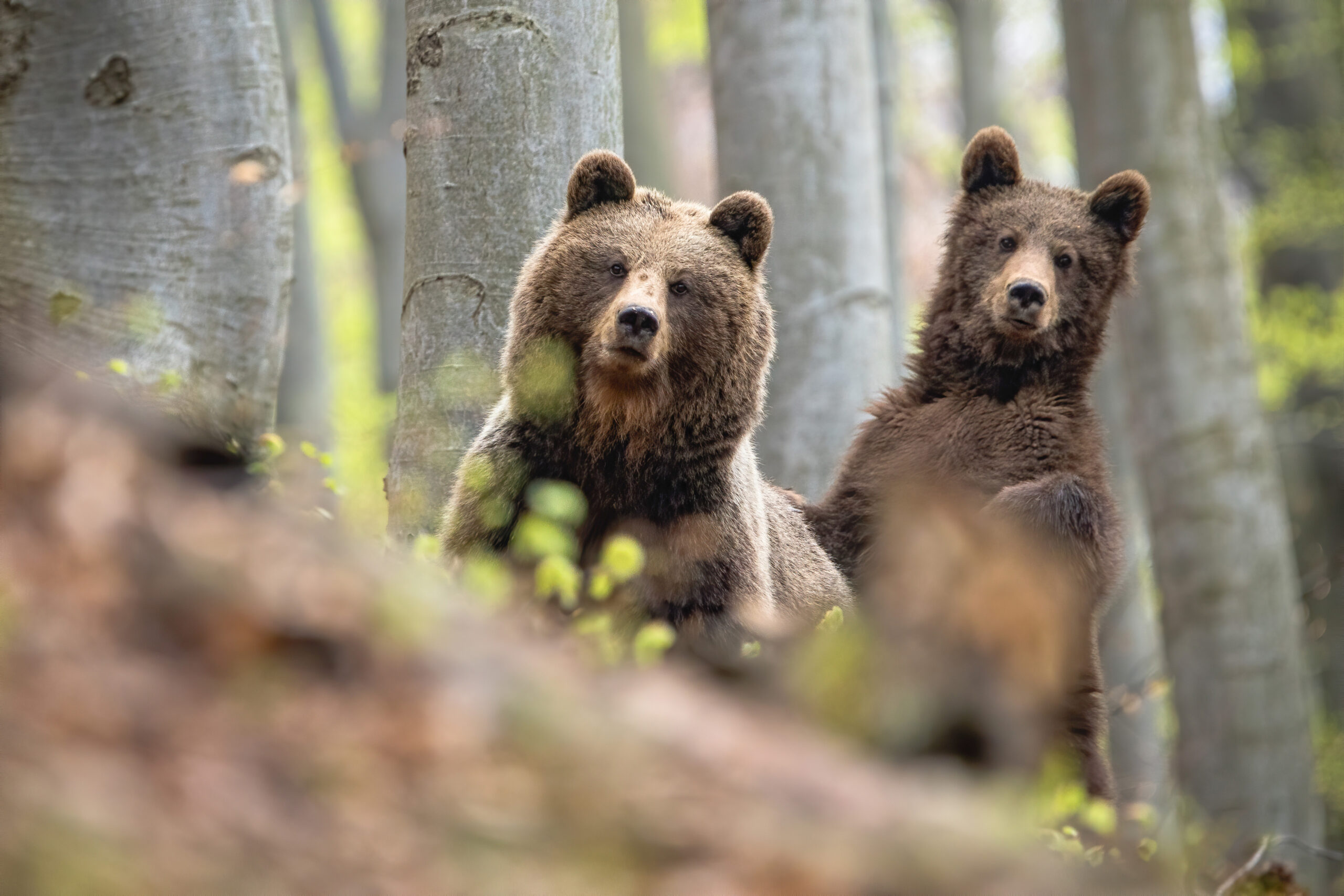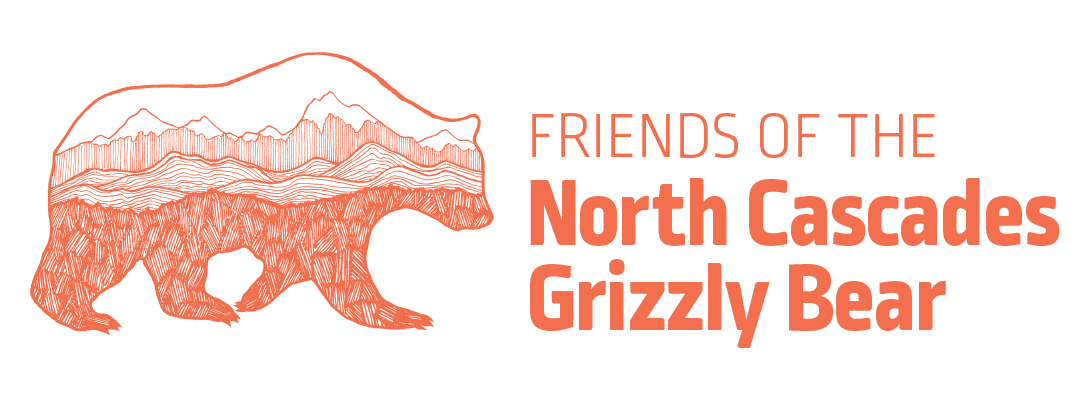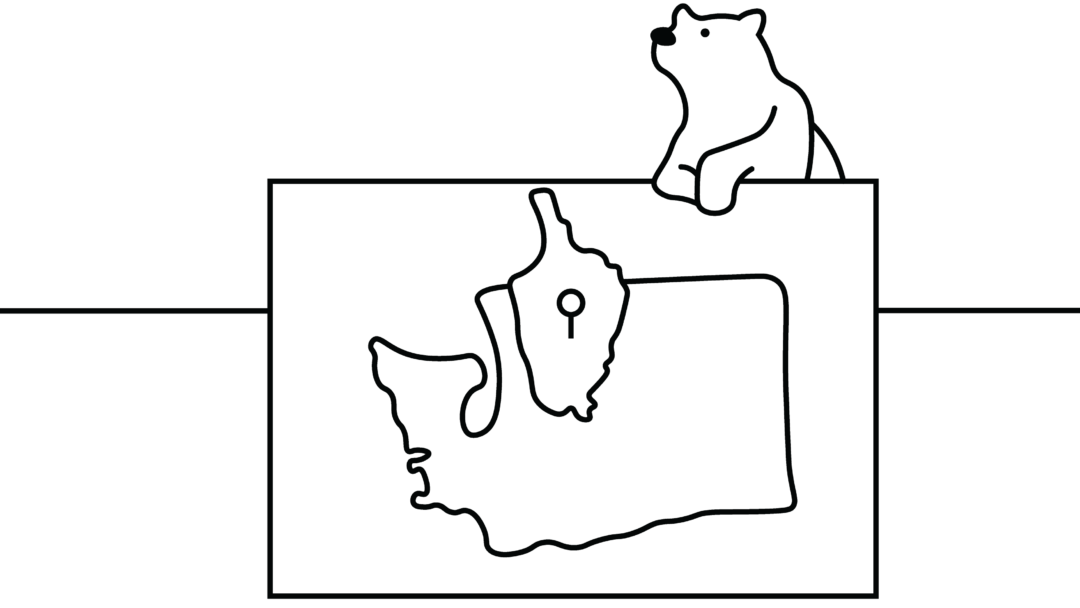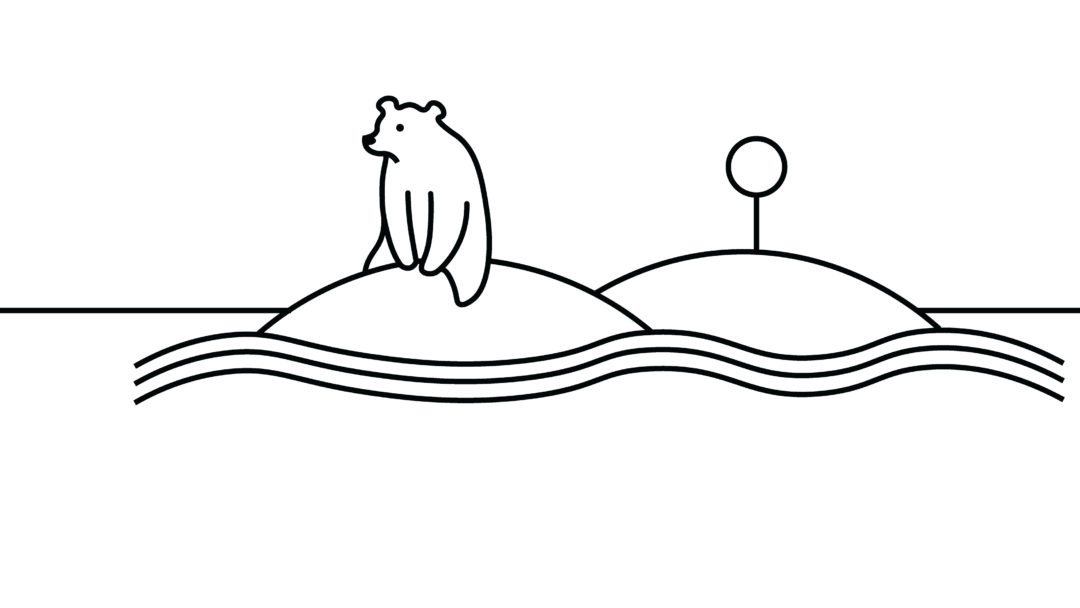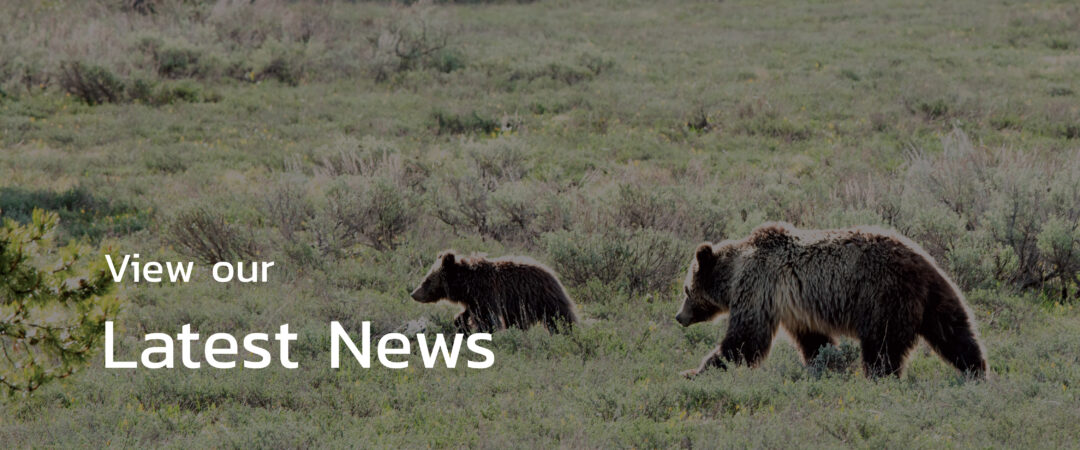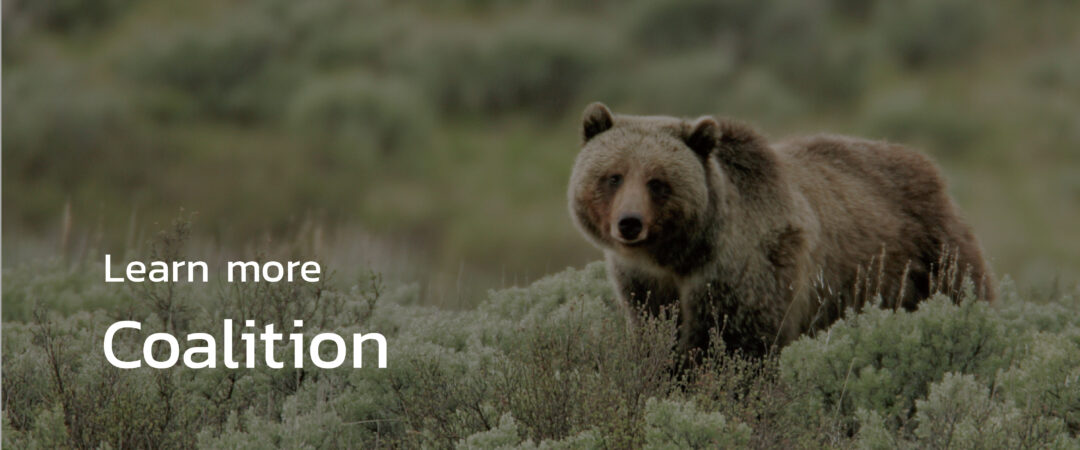LATEST NEWS, March 2024: In a Major Victory for Wildlife, Grizzly Bears Can Soon Roam North Cascades Again
Our Purpose
The North Cascades Ecosystem, anchored by North Cascades National Park, contains one of the largest areas of wild and protected land in the lower 48 states. As an extraordinary piece of our shared natural heritage, it’s important we pass it on, with all its native wildlife, for the benefit of future generations.
The Friends of the North Cascades Grizzly Bear supports recovering the North Cascades grizzly bear population through best available science and community involvement because it will help keep the Northwest a natural, beautiful and sustainable place in which to live, work and play.
